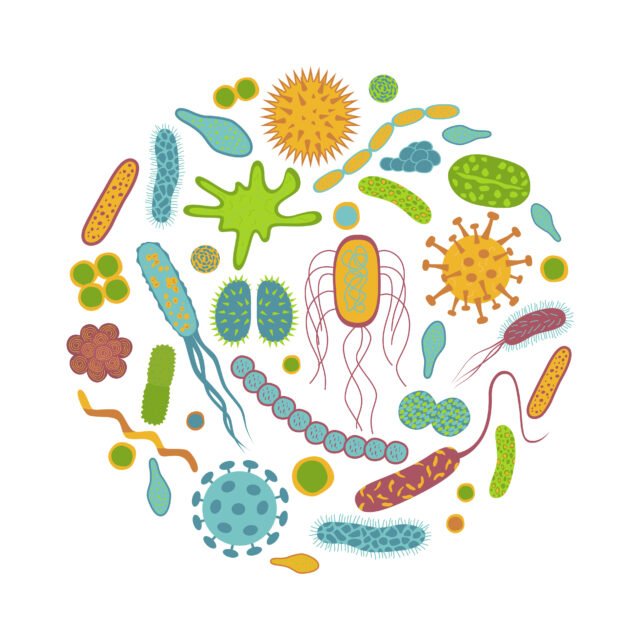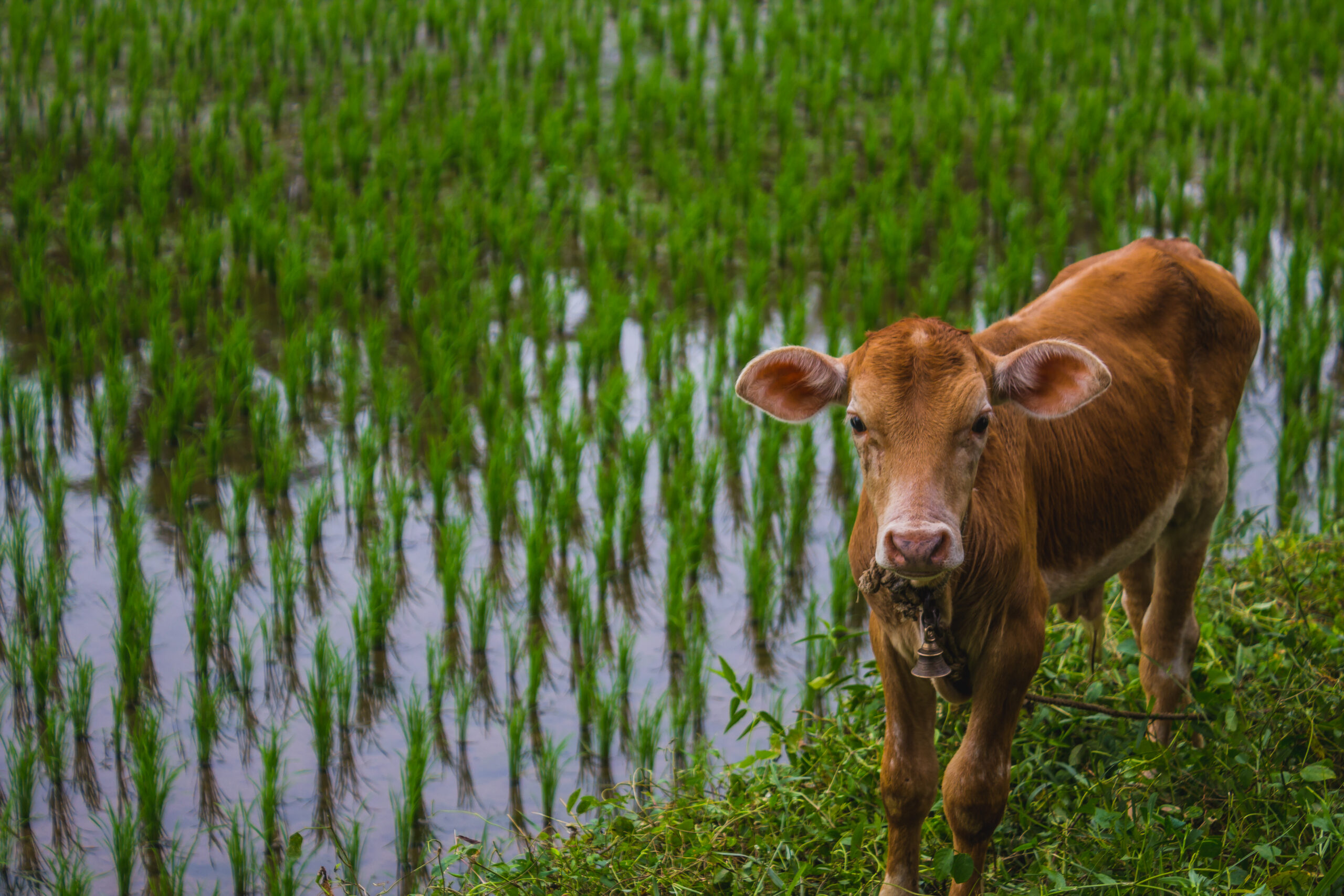
Introduction:
Antimicrobial resistance (AMR) is a global health and financial challenge to healthcare and individuals both. India is one of the world’s biggest users of antibiotics and has a high prevalence of infectious diseases. The overuse and misuse of antibiotics have fueled the rise of superbugs—resistant pathogens that defy conventional treatments. Addressing AMR requires a comprehensive approach, encompassing the importance of antibiotics, the emergence of superbugs, prevention and control strategies, and innovative solutions such as the use of herbal alternatives in livestock farming.
Importance of Antibiotics:
Antibiotics are cornerstone medicines in modern healthcare, indispensable for treating bacterial infections and preventing complications in both humans and animals. From life-threatening conditions to routine surgeries, antibiotics play a vital role in combating infections and saving lives. However, the indiscriminate use of antibiotics in human healthcare, agriculture, and veterinary medicine has led to the emergence of resistant bacteria, diminishing the efficacy of these lifesaving drugs.
Superbugs: A Growing Menace:
Superbugs, including Methicillin-resistant Staphylococcus aureus (MRSA), Carbapenem-resistant Enterobacteriaceae (CRE), and multi-drug resistant tuberculosis (MDR-TB), represent a dire consequence of antimicrobial overuse. These resilient pathogens have evolved mechanisms to withstand multiple antibiotics, rendering conventional treatments ineffective and posing significant challenges to public health systems worldwide. Superbugs thrive in healthcare settings, communities, and animal populations, highlighting the urgent need for coordinated efforts to combat AMR.
Prevention and Control Strategies:
- Antibiotic Stewardship: Antibiotic stewardship programs promote judicious antibiotic use, emphasizing appropriate prescribing practices, dosage optimization, and the importance of completing prescribed courses. By educating healthcare professionals and the public about the risks of antibiotic overuse, stewardship initiatives aim to minimize selective pressure on bacteria, thereby slowing the development of resistance.
- Prevention and Control of Infection: Robust infection prevention and control measures are essential for containing the spread of resistant bacteria in healthcare facilities and community settings. These include stringent hand hygiene practices, proper sterilization of medical equipment, timely identification and isolation of infected individuals, and adherence to infection control protocols.
- Surveillance and Monitoring: Comprehensive surveillance systems are critical for monitoring antimicrobial use and resistance patterns, detecting emerging threats, and informing evidence-based interventions. By tracking antimicrobial consumption, resistance trends, and outbreaks of resistant infections, surveillance mechanisms enable timely responses to mitigate the spread of AMR.
- Public Awareness and Education: Public awareness campaigns play a crucial role in fostering understanding of AMR, promoting responsible antibiotic use, and encouraging adherence to preventive measures. By empowering individuals to make informed decisions about their health and advocating for policy changes to combat AMR, public education initiatives contribute to collective efforts to address this global health crisis.
HerbalsUsed in Livestock Farming:
The use of herbal alternatives in livestock farming offers a sustainable approach to reducing reliance on antibiotics and combating AMR. Herbal supplements and extracts contain bioactive compounds with antimicrobial properties, which can promote animal health and enhance immunity without contributing to resistance development. Several studies have demonstrated the efficacy of herbal remedies in improving livestock productivity, enhancing gut health, and reducing the incidence of infectious diseases.
For instance, essential oils derived from plants such as oregano, thyme, and garlic have been shown to exhibit broad-spectrum antimicrobial activity against common livestock pathogens, including Escherichia coli, Salmonella, and Clostridium perfringens. By incorporating herbal supplements into animal feed or administering them as topical treatments, farmers can support animal well-being, reduce the need for antibiotics, and mitigate the risk of AMR transmission in agricultural settings.
Conclusion:
Antimicrobial resistance is a complex and multifaceted challenge that demands concerted action from stakeholders across sectors. By recognizing the importance of antibiotics, addressing the proliferation of superbugs, implementing evidence-based prevention and control strategies, and exploring innovative solutions like herbal alternatives in livestock farming, we can mitigate the impact of AMR and preserve the efficacy of antimicrobial treatments for future generations.
References:
World Health Organization. (2021). Antimicrobial resistance. https://www.who.int/news-room/fact-sheets/detail/antimicrobial-resistance
Centers for Disease Control and Prevention. (2020). Antibiotic/Antimicrobial Resistance (AR/AMR). https://www.cdc.gov/drugresistance/index.html
European Centre for Disease Prevention and Control. (2021). Antimicrobial Resistance in the EU/EEA (EARS-Net) – Annual Epidemiological Report 2019.
Dahiya, J. P., Wilkie, D. C., Van Kessel, A. G., & Drew, M. D. (2006). Potential strategies for controlling necrotic enteritis in broiler chickens in post-antibiotic era. Animal Feed Science and Technology, 129(1-2), 60-88.
Windisch, W., Schedle, K., Plitzner, C., &Kroismayr, A. (2008). Use of phytogenic products as feed additives for swine and poultry. Journal of Animal Science, 86(14 Suppl), E140-8.
Upadhyay, A., Johny, A. K., Amalaradjou, M. A. R., Baskaran, S. A., & Kim, K. S. (2014). Plant-derived antimicrobials reduce Listeria monocytogenes virulence factors in vitro, and down-regulate expression of virulence genes. International Journal of Food Microbiology, 189, 1-9.
Vinod Kumar Palsaniya and Karishma Choudhary
Email: kumarpalsaniyavinod@gmail.com



















